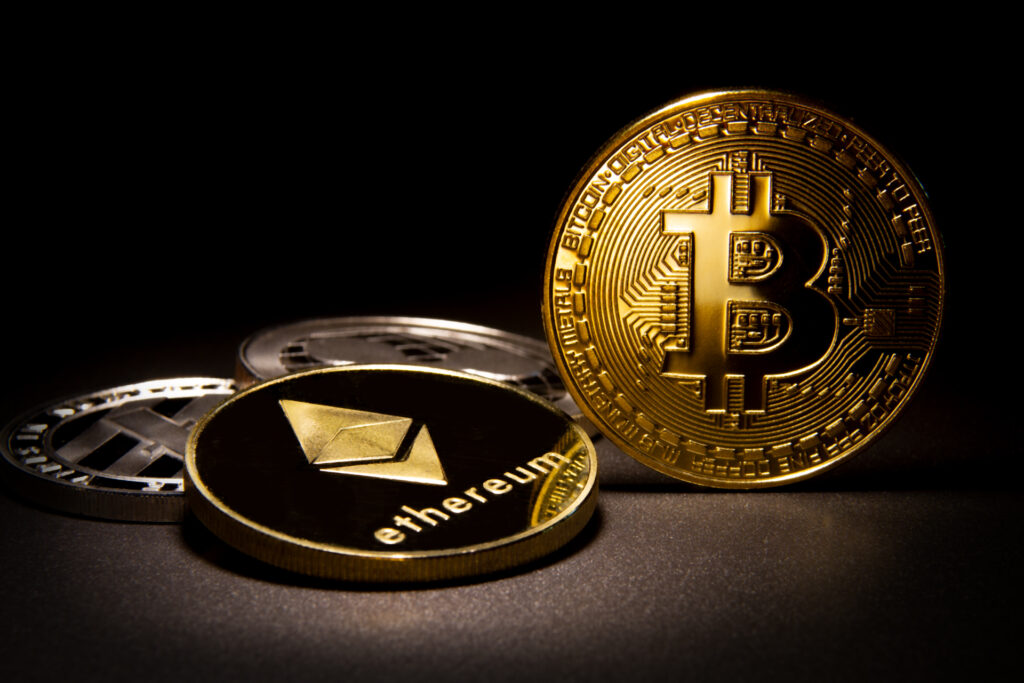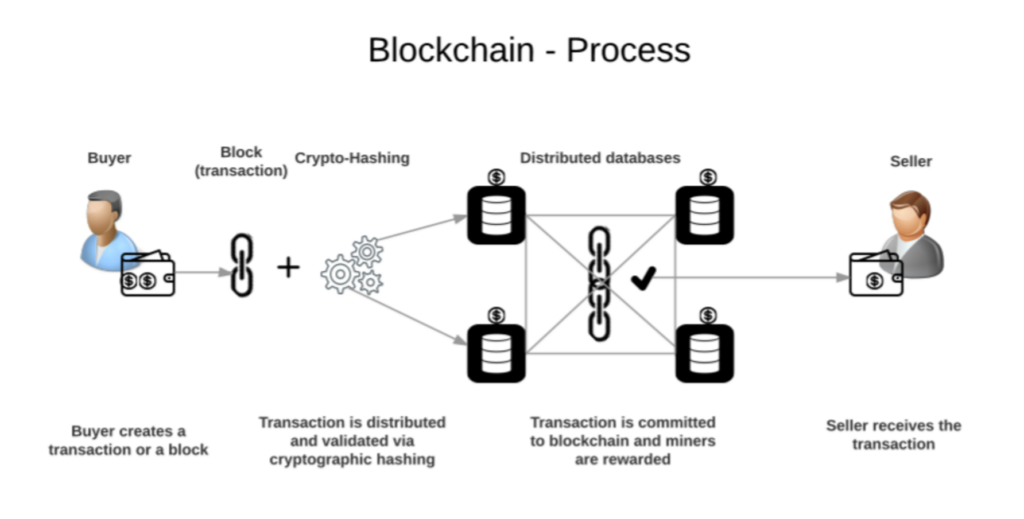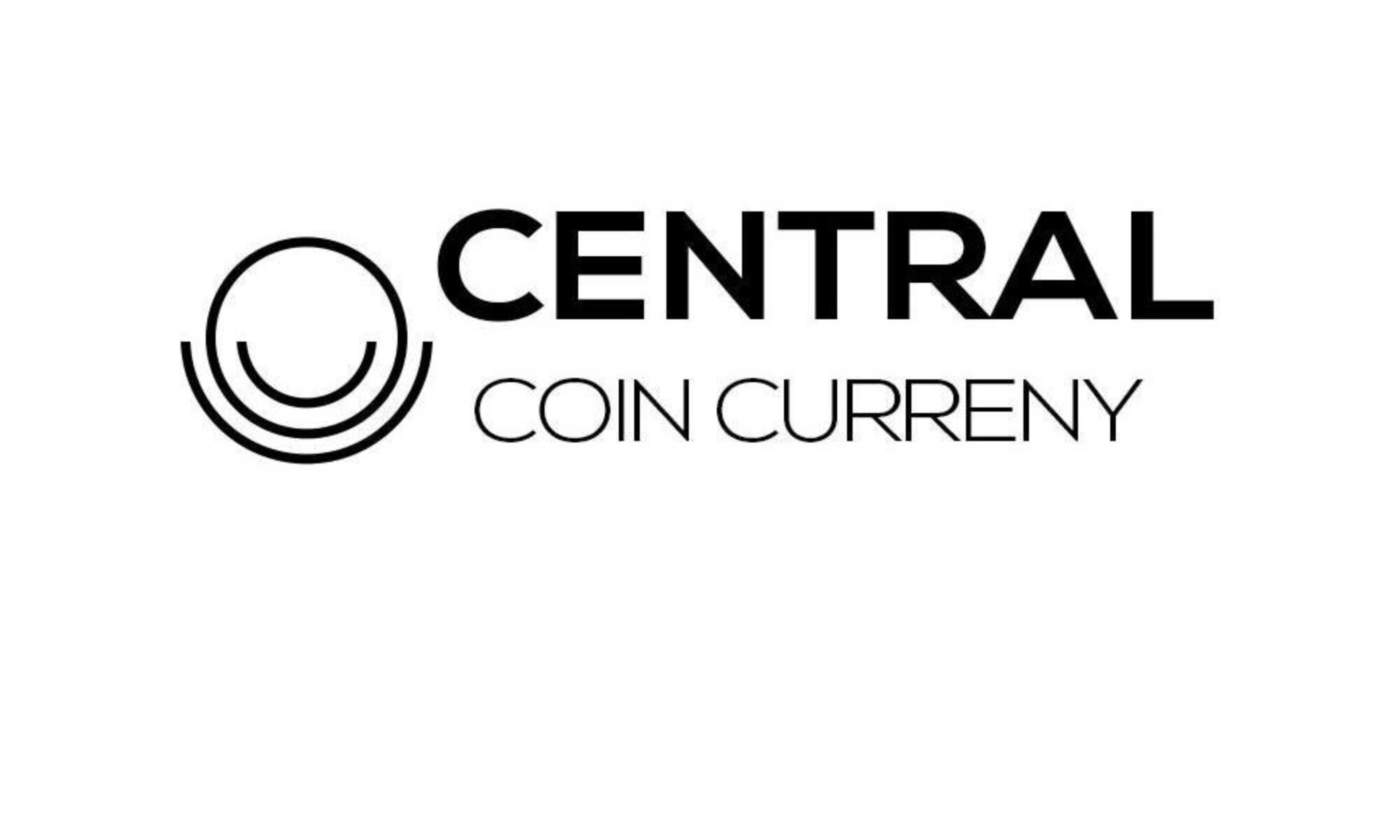Cryptocurrency marked the rise of decentralized assets. But in the cryptocurrency world, as Novi launched in the US and Guatemala, you will ask What is Paxos dollar or USDP? As you can only use Novi with Paxos dollar for now.
Continue reading “What is Paxos Dollar or USDP? Important for Novi”What Is Ethereum | Difference Between Ethereum And Bitcoin?
From the last year, the crypto-world is taking a slight drift. There was a sudden drop in the market, which partially crushed most of the crypto-enthusiasts. However, as the market is getting back, Ethereum has taken the spotlight.
Even though Ethereum and Bitcoin are the most popular cryptocurrency and works on a similar blockchain, but there are many differences come along.
So, the question that pops in mind is how and why Ethereum is popular, and what is the difference between Ethereum and Bitcoin? And clear up that space; we are here to help.

Difference Between Ethereum And Bitcoin
Ethereum and Bitcoin get toe-to-toe. When we look at the similarities, there are several, such as both use distributed ledgers and are decentralized, meaning not issued by any authority.
Bitcoin is a cryptocurrency that can do one thing perfectly, but Ethereum is like an intelligent platform that can go a long way while keeping decentralized finances in consideration.
However, If we look at the differences, there are several, which are as follows.

1. Smart Contracts
Smart contracts on Ethereum are something that is one of the significant differences. It is a set of codes that run on the Ethereum blockchain, which allows you to run decentralized applications or dapps.
Consider these dapps as something similar to your phone applications, but they aren’t controlled by any authority, which gives you privacy in your financial decisions.
2. Increased Transaction Speed
Surprisingly the transaction speed of Ethereum is slightly more than Bitcoin. Ethereum can process 20 transactions in a second with a confirmation time of 5 minutes. While Ethereum 2.0 can process 10,000 transactions in a second.
3. Improved Security And Anonymity
Bitcoin is in business since 2009, but Ethereum came into the market in 2015. Since it came after Bitcoin, they tried to cover all the aspects of Bitcoin. Also, the Bitcoin network doesn’t send Bitcoins.
Instead, it secures data with the protocols of POP (Proof of Proof) and POE (Proof of Existence), which is why it is more secure and anonymous than Bitcoin.

Final Remarks
To sum it up, Ethereum is one of the popular cryptocurrencies that have significant progress over time. People not only use it as a medium of payment instead, but it is also quite popular within the business world, which is why most of the NFTs run on Ethereum.
Diem is also getting a lot of eyes from the people around if you like to see our guide on Diem vs. Bitcoin to understand the key differences.
Hopefully, this post would clarify all the questions related to Ethereum and the key differences with Bitcoin, but if you need anything else, drop by the comment section below, and we’ll get back to you right away.
What Is Blockchain Technology? Full Guide To Blockchain
Blockchain is a decentralized and distributed ledger that keeps all the cryptography information distributed across the network of computers connected to the blockchain technology.
Additionally, there are different blocks on the chain that represents various transaction information. When a new transaction occurs from anywhere in the world, the record is added to the participant’s ledger.

Blockchain Technology For Beginners
We know it can be a little complex for beginners to understand the whole blockchain, but don’t worry; we will help you out.
In simple terms, you can consider blockchain as a bank, where everyone can send money without any complications of authorities keeping an eye on you and without any extra bank fees.
Meaning with blockchain, you are your own bank, and you have the authority over your money, and you can perform transactions easily, just like you send emails.
However, it is not that simple as some complex things might seem a little tricky at first, but as you get the hang of it, things would be much straightforward.

Blockchain works on blockchain technology, which is an unchangeable and unhackable medium to record your transactions.
On average, there are almost 500 different bitcoin transactions along with the cryptographic information on each “block” of a blockchain.
The information on these blocks contains the links to the blocks and the information of previous blocks and forms of chain that would be used to proceed with the transactions, Thus termed as the blockchain.
Types Of Blockchain Technology
To understand blockchain in a much better way, you should learn the four different types of blockchains.
- Private Blockchains
- Public Blockchains
- Hybrid Blockchains
- Sidechains
1. Private Blockchains
The blockchains that are restricted and are not accessible by everyone are called private blockchains. People who want to join such blockchains have to take permission from the system administrator.
A single entity holds these blockchains, and they are centralized.
Ripple (XRP) is a common example of private blockchain.
2. Public Blockchains
The blockchains that don’t require any permission and anyone can access them with their will are called public blockchains.
These are decentralized, and anyone can request validation for their transaction from miners, who earn rewards for verifying the transaction.
Bitcoin, Ethereum, Litecoin blockchains are examples of a public blockchain.
Ethereum and Bitcoin go toe-to-toe. Follow the link to go through a complete guide.
3. Hybrid Blockchains
The mixture of a public blockchain and private blockchain is called Hybrid blockchain or sometimes as a Consortium.
They provide some extra features that might not come with them individually, such as Dragonchain and web-foundation.
IBM food trust is an example of a hybrid blockchain.
4. Sidechains
A sidechain is a type of blockchain that works along with the main blockchain. It usually helps in the transfer of information from one chain to another between two blockchains to improve efficiency.
Liquid Network is an example of sidechains.

Final Remarks
Blockchain technology is a little tough to understand at first, but it is totally worth it afterward. We hope this post would be helpful for your understanding, and now your questions related to blockchain are answered.
Apart from Ethereum and Bitcoin, there is a new form of cryptocurrency called stablecoins, which are also getting a lot of attention.
In case we missed something. You are welcome to ask in the comment section below.



